In Sergio Leone’s epic spaghetti western The Good, the Bad and the Ugly, Blondie, played by Clint Eastwood, and Tuco, played by Eli Wallach, are rival hunters for stolen Confederate gold. The treasure, they discover, is buried in a huge Civil War cemetery. Unfortunately, they have no idea exactly where. Having earlier taken the precaution of emptying Tuco’s revolver, Blondie turns to him and utters the immortal lines: “You see, in this world there’s two kinds of people, my friend. Those with loaded guns. And those who dig. You dig.”
This week has seen good, bad and ugly moments in geopolitics. And it’s ended with Donald Trump playing Blondie and Volodymyr Zelensky as Tuco. Trump has the weapons, so Zelensky has to dig.
Zelensky has had to accept that the mineral wealth under Ukrainian soil is open to American investment. The resistance he put up to Trump in the Oval Office last Friday on the issue of security guarantees collapsed into conciliation on Tuesday. In a letter to the president, Zelensky praised Trump’s “strong leadership” and signaled Kyiv’s willingness to get out the shovels and start digging.
“I appreciate that he sent this letter,” said Trump that evening in his fifth address to Congress. “Simultaneously, we’ve had serious discussions with Russia and have received strong signals that they are ready for peace. Wouldn’t that be beautiful? It’s time to stop this madness.”
What’s going on here? Zelensky has to hope that by giving the US a controlling economic interest in new mineral and petroleum projects, he can win security promises and further economic assistance from Washington. Ukraine needs American weapons to defend itself against Russia because Europe is not able to take full responsibility for aiding the country. Makes sense. But why would a US president who campaigned on ending the war further involve his country in a regional conflict that is a “big, beautiful ocean” away?
Because, the conventional answer runs, the US is desperately short of some crucial economic inputs for modern technologies, most notably critical minerals — which Ukraine has in abundance under its soil. The United States needs copper wires to rebuild its creaking grid, and a range of minerals to fashion the chips that power artificial intelligence. Electric vehicles are six times as intensive in critical minerals as gasoline-powered cars, explaining why Elon Musk is spending $1 billion on a lithium refinery in Texas.
History provides many examples of this kind of deal: a great power squeezes a vulnerable and dependent smaller country for its natural resources and infrastructure in exchange for funding and security. In the colonial era, of course, the imperial powers would simply invade and operate their own mines and oil wells. During the twentieth century, a more transactional approach emerged — think of the United States sending the gunboat Wilmington nearly 200 miles up the Orinoco river in 1899 to secure access to Venezuelan gold in the face of British claims, or the American construction and operation of the Panama Canal (which Trump of course would like to take back). In the early 1910s, President William Howard Taft pushed J.P. Morgan to finance the development of railroads in China, to plant the Stars and Stripes in East Asia at a time when the European empires, Russia and Japan were vying for predominance there.
Critical minerals are China’s strongest card in economic warfare between the world’s two superpowers
Today, then, Washington has once again turned its attention to securing output from foreign mines– this time in Europe. This is partly because critical minerals are China’s strongest card to play in economic warfare between the world’s two superpowers. China is the world’s largest producer of twenty-nine of the fifty minerals the US government defines as critical. Chinese firms mine these metals, mostly abroad, and then process 40 to 90 percent of the ores within the PRC, creating a chokehold on key markets. This is the result of four decades of strategic policy. Deng Xiaoping said in 1992 that “the Middle East has oil, [and] China has rare earths” — but unlike in oil, the United States itself is not a major producer.
Yet on closer inspection, the idea of a US-Ukraine deal exchanging Ukrainian mineral revenues for American funding seems quixotic. First, let’s understand the difference between critical minerals and rare earths — a distinction lost on Trump and on many other observers. Critical minerals are any non-fuel commodities that are key economic inputs with insecure supply chains. Different governments consider many different minerals to be critical. Rare earths are a group of seventeen metallic elements. Few rare earths are rare, geologically speaking, but most qualify as critical minerals from an American perspective, given China’s near-monopoly in the sector and rare earths’ usage in defense and renewable energy.
Second, Ukraine is hardly a mining powerhouse. Before the Russian invasion, the country produced only minor quantities of metals, accounting for more than 10 percent of global supply of only one mineral: rutile, a titanium oxide generally used to make white paint. When it comes to titanium sponge — the metal that makes commercial airplanes and fighter jets — Ukraine is a minor producer, contributing around 2 percent of global supply before the war.
Third, expanding minerals production in Ukraine is a tall order: the country’s geological surveys have not been updated since the Soviet era; its ability to power energy-intensive mines has been devastated by the war; and the capital intensity and long-lived nature of mining investment means that only the most risk-tolerant capital will flow into an active war zone. Finally, a significant proportion of Ukrainian minerals — including about half of its rare earth deposits — are in areas of the country under Russian control, and Putin is looking to do his own deal to supply the US with rare earths. The draft Ukraine deal also gives the US a share in future oil and natural gas projects in Ukraine, but crucially not in existing, profitable projects. As the world’s largest producer of oil and gas, the US hardly needs these rights.
True, Ukraine has one of Europe’s largest lithium reserves, a key input into electric vehicle batteries and utility-scale storage. Ukraine also has significant deposits of gallium and graphite, two key inputs in the semiconductor industry. (China has a near-monopoly on global gallium and graphite production and has recently imposed export controls and bans on shipments to the United States.)
Yet the United States has its own substantial lithium reserves — more than triple those of Ukraine — as do US partners such as Australia (the world’s largest lithium producer) and Chile. Furthermore, one of the few points of agreement between Trump and Joe Biden’s administration was the need to “nearshore” the supply of critical minerals, siting production and processing at home and in friendly geographies. That was why the Biden administration introduced tax credits for EV batteries made from metals mined in the US or in free-trade partners such as Australia, Chile, Canada or Mexico, and backed investments in foreign mines destined for the US market.
Trump wants these metals dug up and processed in America — as evidenced by his tariffs on Mexico and Canada, the site of many mines and smelters serving the US market — but he will find himself stymied by geography, as the location of world-class deposits was not determined by nature on an “America First” basis. There is also the point that China’s real dominance is in processing minerals rather than mining them, and the West is decades behind China in processing know-how, as well as scale.
The location of world-class deposits was not determined by nature on an ‘America First’ basis
America needs minerals and Ukraine needs arms. Despite Trump and Zelensky’s obvious mutual dislike, there may still be a deal to be done. But the reality is that the agreement that didn’t get signed last Friday is more a matter of symbolism than economics. The mineral rights Ukraine would give the United States are worth not very much; the security guarantees America would give Ukraine are worth even less. For when has the presence of US diggers and drillers ever deterred an authoritarian regime from invading a neighbor? Does anyone seriously think America had no investments and no engineers in Kuwait in 1990, when Saddam Hussein annexed it?
Europeans make the mistake of regarding Trump as an overmighty would-be emperor. In fact, he is actuated by a nagging sense of weakness. A dealmaking president must either strike enough deals around the world to power and equip his country’s economy, or face an unacceptable level of dependence on China, the most powerful industrial and military foe the United States has ever faced.
In The Good, the Bad and the Ugly, the gun-fighting gold-hunters get sucked into the much larger contest of the Civil War. In the same way, Zelensky’s bust-up with Trump was a minor episode in a superpower struggle for material resources and global technological dominance.










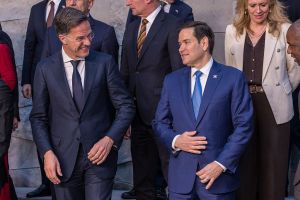
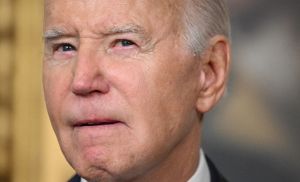

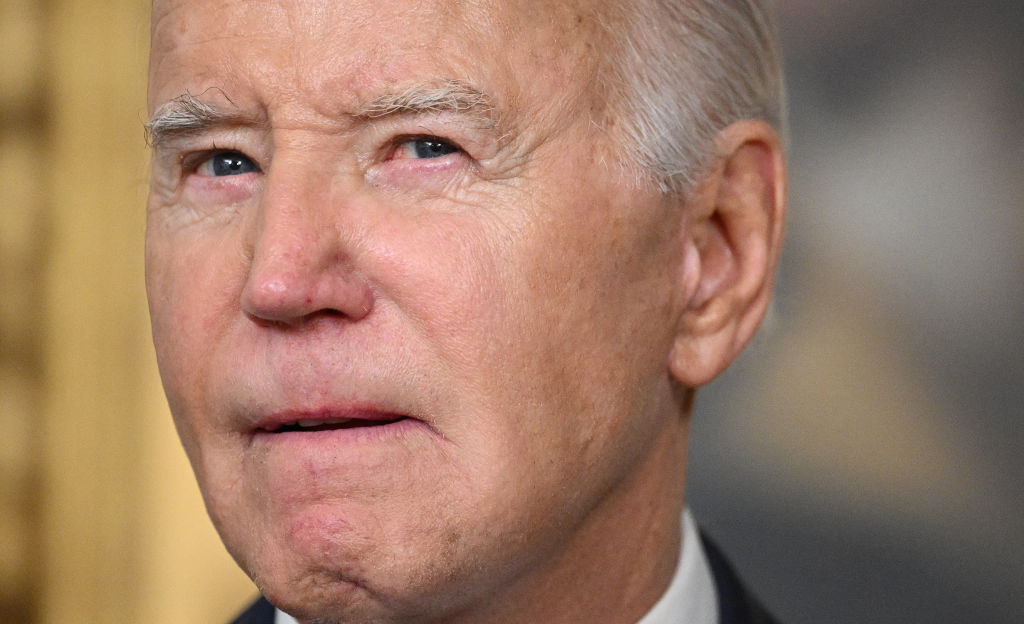
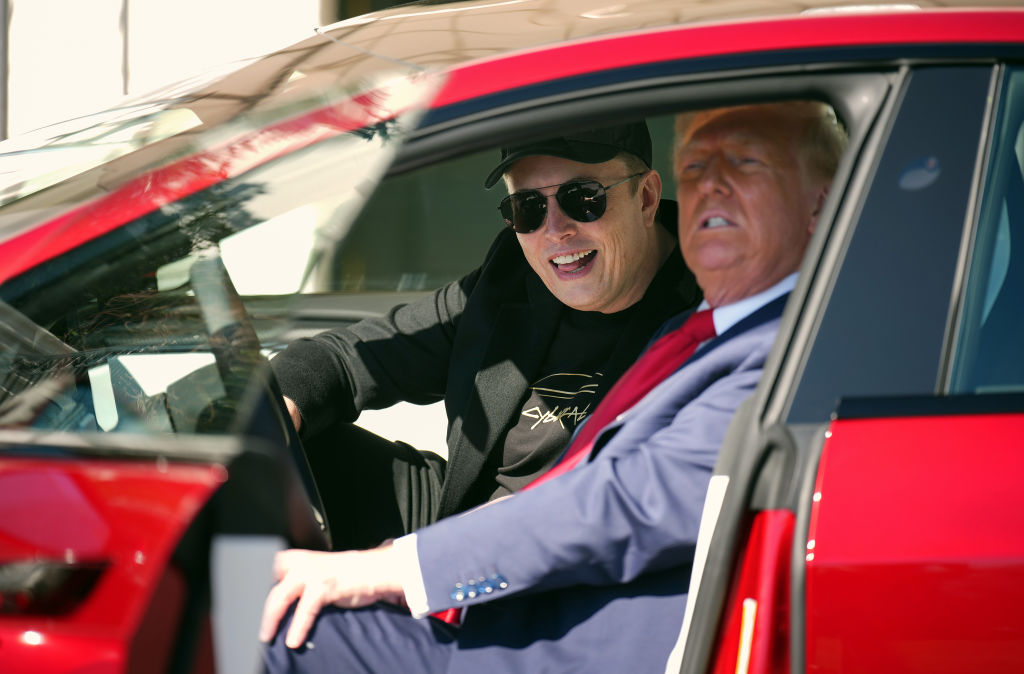

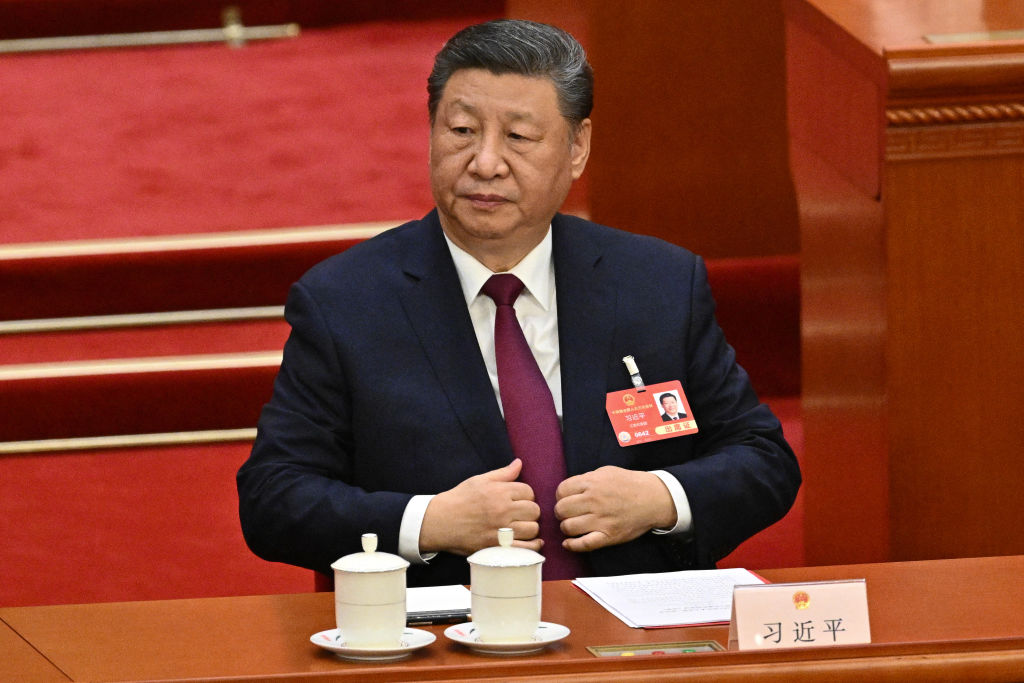
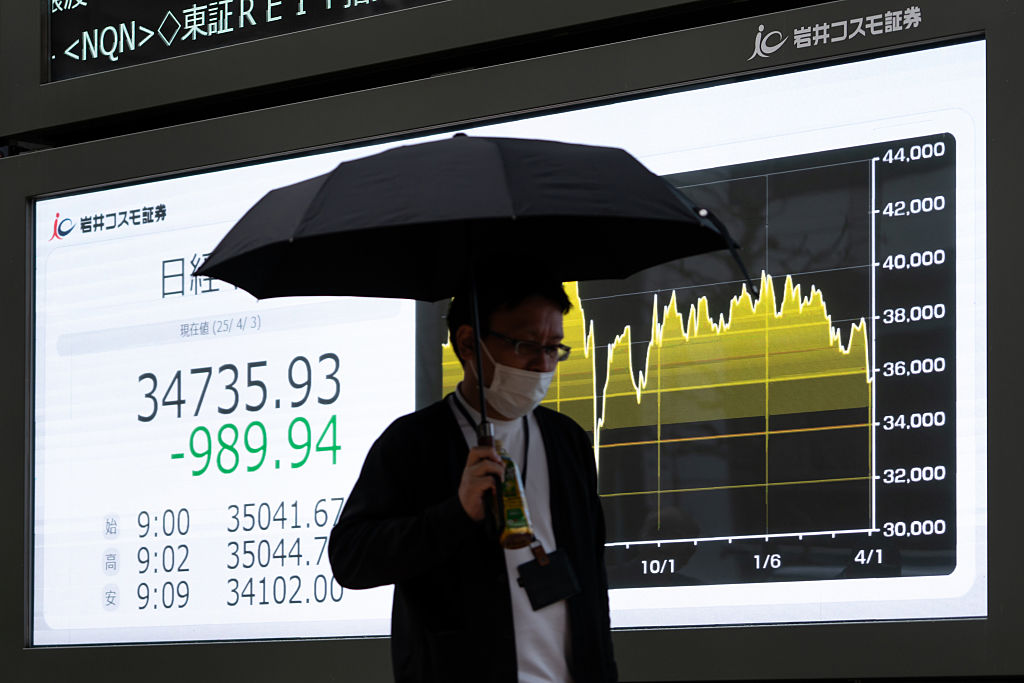


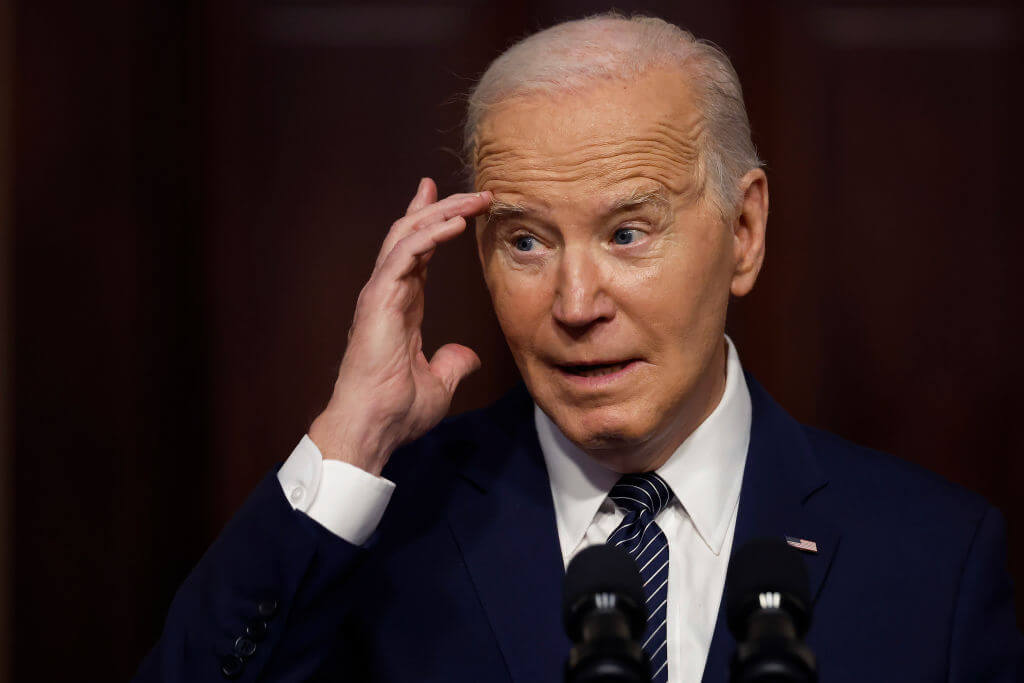



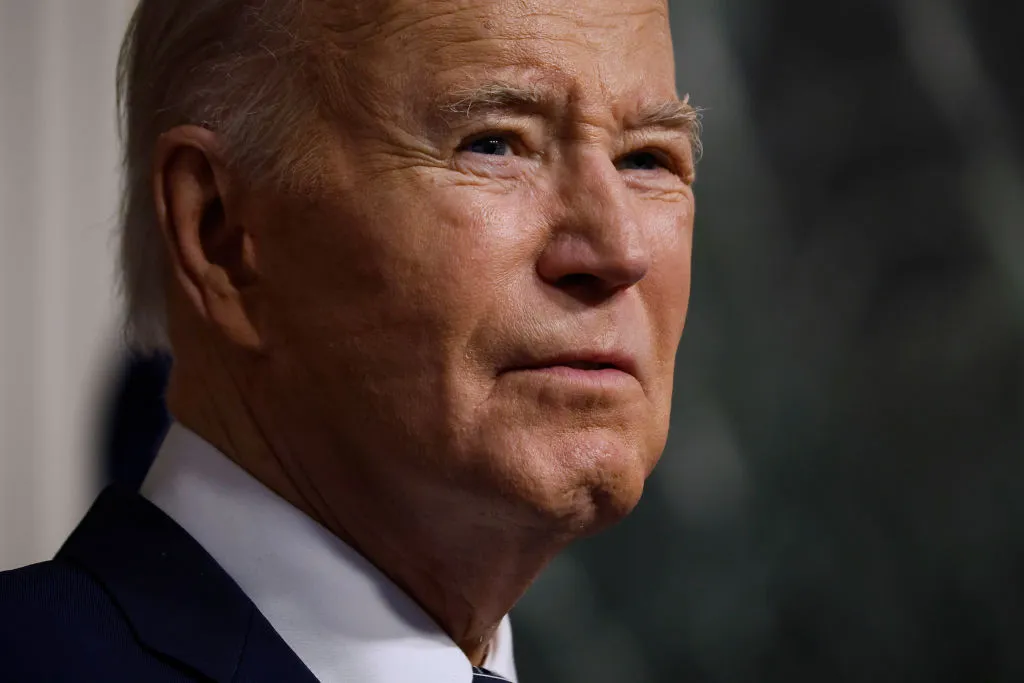

Leave a Reply